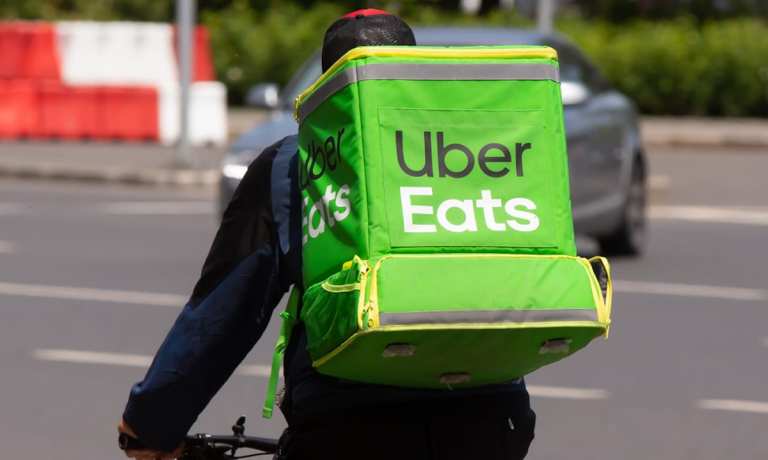As restaurant brands look to leverage their online offerings to pull ahead of competitors, they may find that their mileage may vary as they roll out digital features in different United States regions.
Research from the March/April edition of PYMNTS’ Digital Divide series, The Digital Divide: Regional Variations In US Food Ordering Trends And Digital Adoption, created in collaboration with Paytronix, finds that consumers in the Pacific region of the United States (California, Oregon, Washington, Alaska and Hawaii) are the most likely to use restaurants’ loyalty programs.
Read more: New Research Shows That Regional Dining Quirks Matter In Tailoring Restaurant Offers
In fact, the study, which drew from a survey of more than 2,500 United States adults in February, found that 35.3% of consumers from the region had used a loyalty program in the prior 30 days, higher than the 30.2% of consumers across all regions who had done the same.
The finding is hardly surprising, given that consumers in the region are also the most likely to order restaurant-made food online in general, according to data from the March edition of PYMNTS’ ConnectedEconomy™ Monthly Report, “Mapping Digital Behavior Across U.S. Regions,” which found that 56.2% of the region’s residents do so.
Additionally, the region was the only one in which more than half of all consumers reported ordering from restaurants online, with only 47.1% of those in the runner-up region, the Midsouth, doing so.
Advertisement: Scroll to Continue
See also: The Pacific Region Leads the US in Online Food Ordering
Perhaps more surprisingly, the Northeast (Maine, New Hampshire, Vermont, Massachusetts, Connecticut, Rhode Island, New York, Pennsylvania and New Jersey) leads when it comes to ordering from aggregators despite coming in third place in the ConnectedEconomy study in regard to overall online ordering behavior. The Digital Divide report revealed that 39.1% of Northeasterners order from third-party aggregators, a share 21% above the U.S. average of 32.4%. The region even beat out the Pacific, wherein 38.3% order from aggregators.
Given the Pacific region’s lead in loyalty membership and the Northeastern region’s lead in aggregator usage, these findings suggest that the West Coast is restaurants’ best bet when it comes to gaining customers and driving up order frequency through their direct channels, while the Northeast offers a more favorable market for third parties.
Notably, Northeastern consumers use aggregators differently than restaurant customers in other parts of the country. The study found that Northeasterners were the least likely of all to order from the country’s most popular aggregator, DoorDash, and that they were less likely than Pacific and Mountain region consumers to order from next runner-up Uber Eats. Instead, Northeasterners were the most likely of all to order from the less popular aggregators, leading the pack in purchasing from Postmates, Seamless, ChowNow and Caviar.
For restaurants looking to encourage these aggregator-leaning Northeastern customers to switch to direct ordering, there are a number of motivators to join loyalty programs that are more effective with consumers in the region than with those elsewhere. Northeasterners are more likely than the overall population to be motivated by peak hours access, menu customization based on preferences, suggestions for orders at preferred times and receiving GPS-enabled notifications when they are close to the restaurant.




